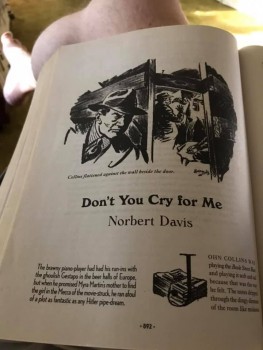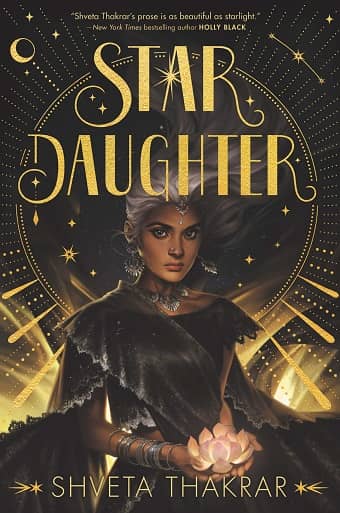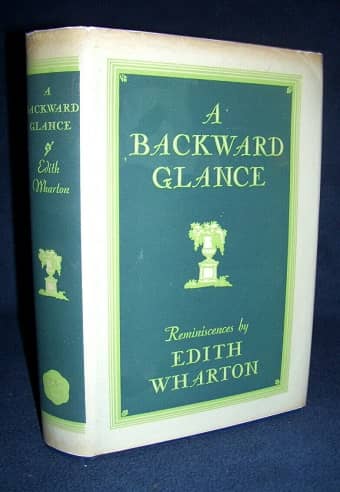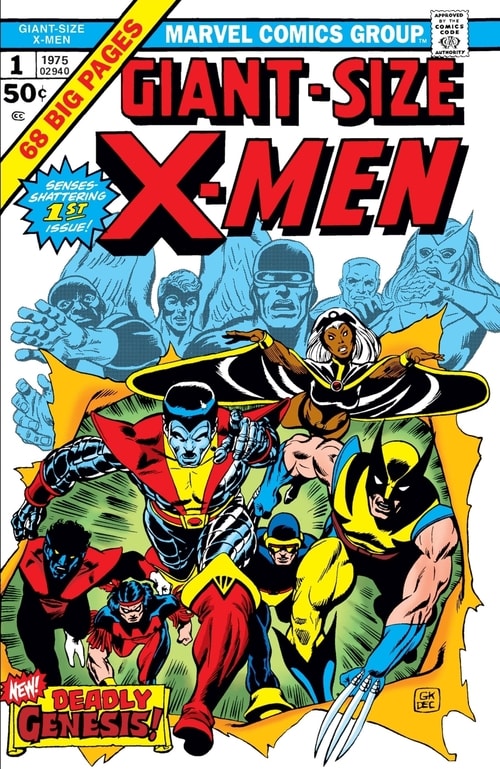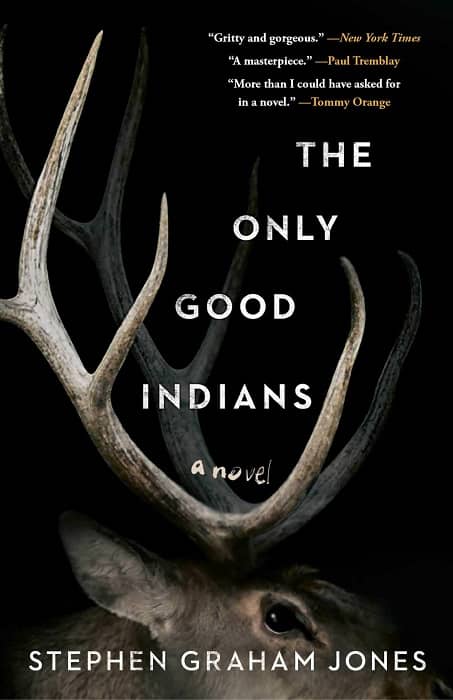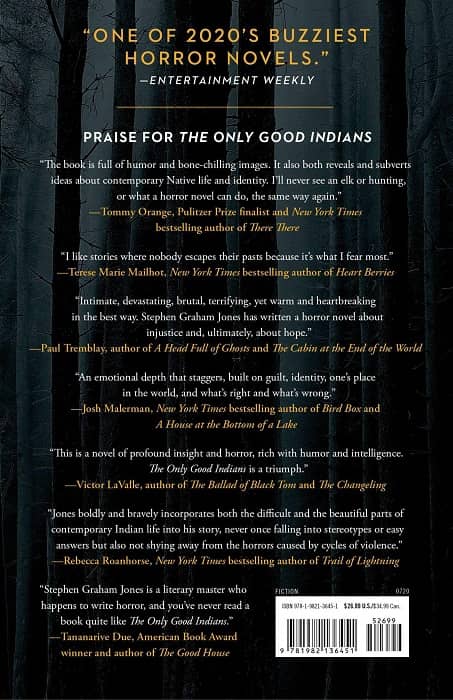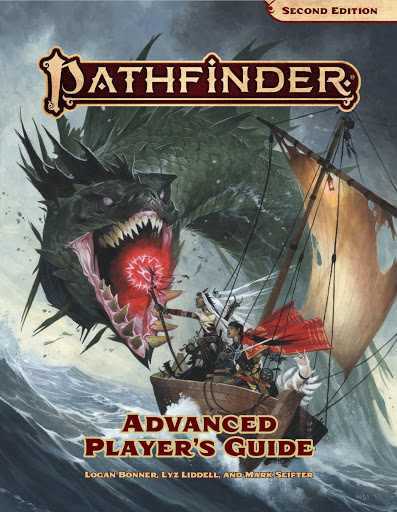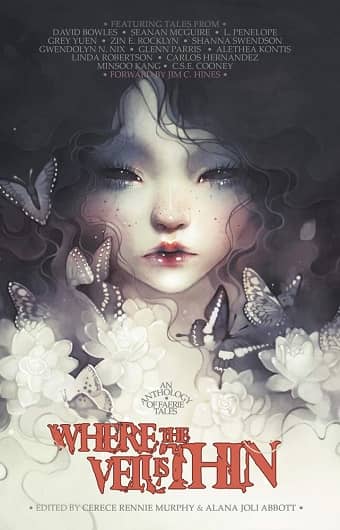Tales of Attluma by David C. Smith: A Review and Oron Series Tour Guide
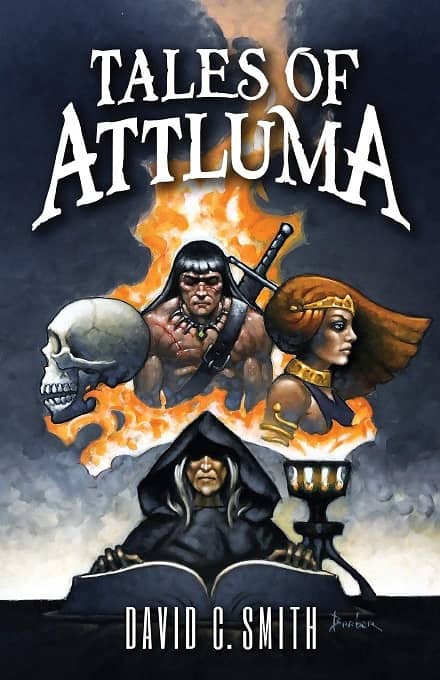 |
 |
David C. Smith was the 2019 Guest of Honor at Howard Days 2019 for good reason, having written the acclaimed Robert E. Howard: A Literary Biography in 2018 to complement his decades of writing Sword & Sorcery (he has 26 novels written or co-written, including the Red Sonja series with Richard L. Tierney, the Oron and The Fall of the First World series, and more). He crafts his own flavor of adventure-horror with his Tales of Attluma (teased earlier at Black Gate), heavily influenced by Robert E. Howard (REH) and Clark Ashton Smith (CAS). Attluma is an island continent inspired by the mysterious Atlantis. These sixteen tales cover its cursed history and doomed end. Many entries were written in the 1970’s and are gathered now in one place for the first time.
The collection fits the Sword & Sorcery label, with an emphasis on Sorcery, specifically necromancy and demon summoning. These are fantastically dark and exciting stories, a true blend of REH’s action and CAS’s dreaded atmosphere. On Attluma, ancient gods live in mountain temples and underground. Humans struggle to survive on the surface and intrude on land made for, and by, demons. Excerpts are the best way to share the poetic, dark conflict readers should expect:
“Dressed in scarlet wounds and running with blood, here was my mother, her face beseeching mercy, gashes across her face and body. There came my father, hobbling on a split foot and one arm gone, strings of meat and tendon trembling from the open shoulder. Here was my brother, once a strong and handsome man, now in death a broken thing with no legs, pulling himself forward with his arms, his wife beside him, on her belly and kicking her feet as her head rolled beside her.” — from “The Last Words of Imatus Istum”
“And there was Yadis, The All Mother, the hag with one eye and triple teats whose spittle had made the stars and whose defecation made the earth. Her mad singing had awakened humans to life; we crawled from the muck and ever since wondered about the dark heart of life.” — from “Dark Goddess”
Interestingly, there are no Oron tales, Oron being the warrior protagonist (i.e., the heroic “Conan” of Attluma) that the original Zebra series was named after. Yet he is not needed here. Attluma is saturated with lore and conflict, armies of ghosts, lost loves seeking retribution, and hungry demons just looking for some attention. The last several stories ramp up the demonic uprising (or retaking) of the island continent. “The End of Days” finale is epic in scope, a sprawling battle with loads of mayhem and militant sorcery.
…

